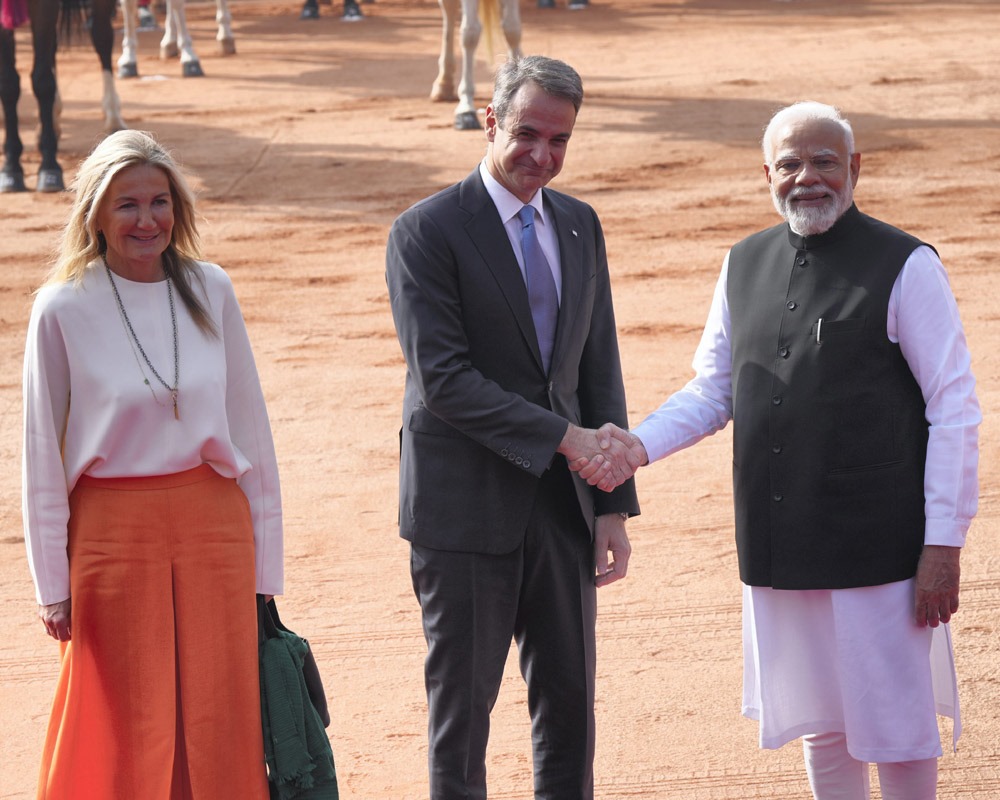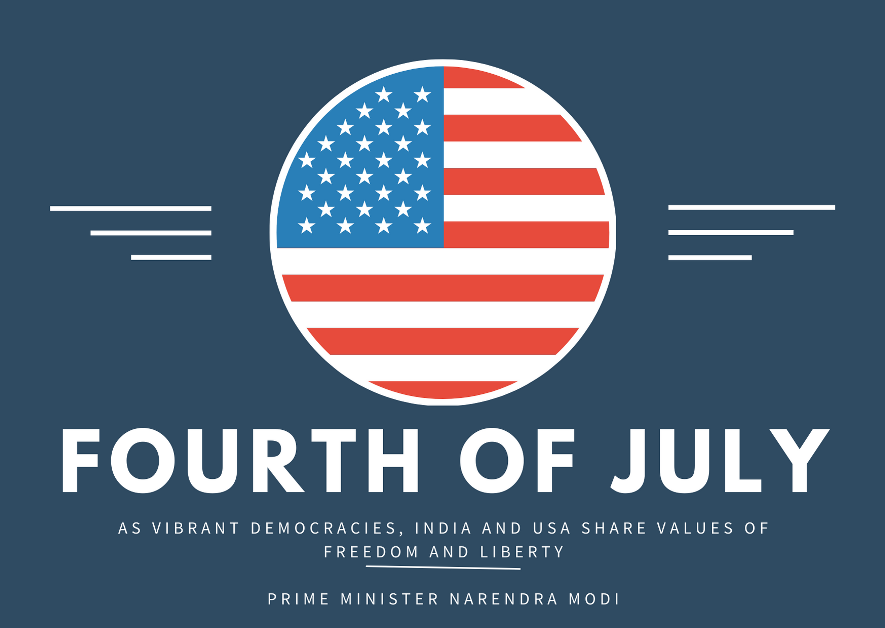Despite the Indian Government’s rhetoric urging caution in dealings with China, economic imperatives seem to be reshaping the contours of bilateral trade
 KRC TIMES Desk
KRC TIMES Desk

In the realm of global economics, the dynamics of trade relationships often override geopolitics. India’s growing trade affinity with China is a living example of that: China has become India’s largest trading partner in 2023-24.
This development brings little joy to the nation aspiring to become an alternative to China and striving to bolster its manufacturing sector, with the Prime Minister’s ‘Make in India’ call. Despite the Indian Government’s rhetoric urging caution in dealings with China, economic imperatives seem to be reshaping the contours of bilateral trade.
Their trade relationship has long been characterised by a mix of competition and cooperation. Both nations are regional powerhouses with vast consumer markets and burgeoning manufacturing sectors, though China is much ahead of India in terms of economy and infrastructure size. Over the years, China has emerged as a crucial supplier of goods to the world, including India, ranging from electronics and machinery to pharmaceuticals and textiles. Concurrently, India has also found a receptive market for its exports in China, particularly in sectors like raw materials, agricultural products and IT services. But the real problem is the lopsidedness of the trade. We are a net importer of Chinese goods, that too at the cost of our local industry.
Most traders take the easy import route, often substandard but cheap, and make decent profits. This leads to job losses and closure of several MSME manufacturing units. Besides, the nations are not the best of neighbours; relying on China in this scenario is indeed fraught with danger. But where wealth flows, interests follow and that explains India’s rising trade ties with China. The trajectory of bilateral trade has been influenced by several factors.
One, the sheer size and harmony of their economies create natural synergies to drive trade volumes. Despite occasional border disputes and geopolitical issues, economic pragmatism often prevails, fostering trade ties. Two, China’s manufacturing prowess and cost competitiveness have made it an attractive destination for Indian importers, especially in sectors where domestic production struggles to meet demand. Moreover, the persistent trade deficit with China underscores India’s reliance on their goods and highlights the challenges in achieving more equitable trade ties. The geopolitical dimension of India-China trade cannot be overlooked either.
The Indian Government must emphasise the need for strategic autonomy and self-reliance in key sectors. Initiatives such as ‘Make in India’ and Production-Linked Incentive (PLI) must be given further fillip. Additionally, efforts to diversify trade partnerships by nurturing ties with countries like the US, Japan and Australia must be accorded priority and a diversified trade portfolio maintained. Achieving a fundamental rebalancing of India-China trade dynamics is a multifaceted challenge that requires nuanced handling and necessitates a calibrated and pragmatic policy approach.
Promotional | KRC Times






